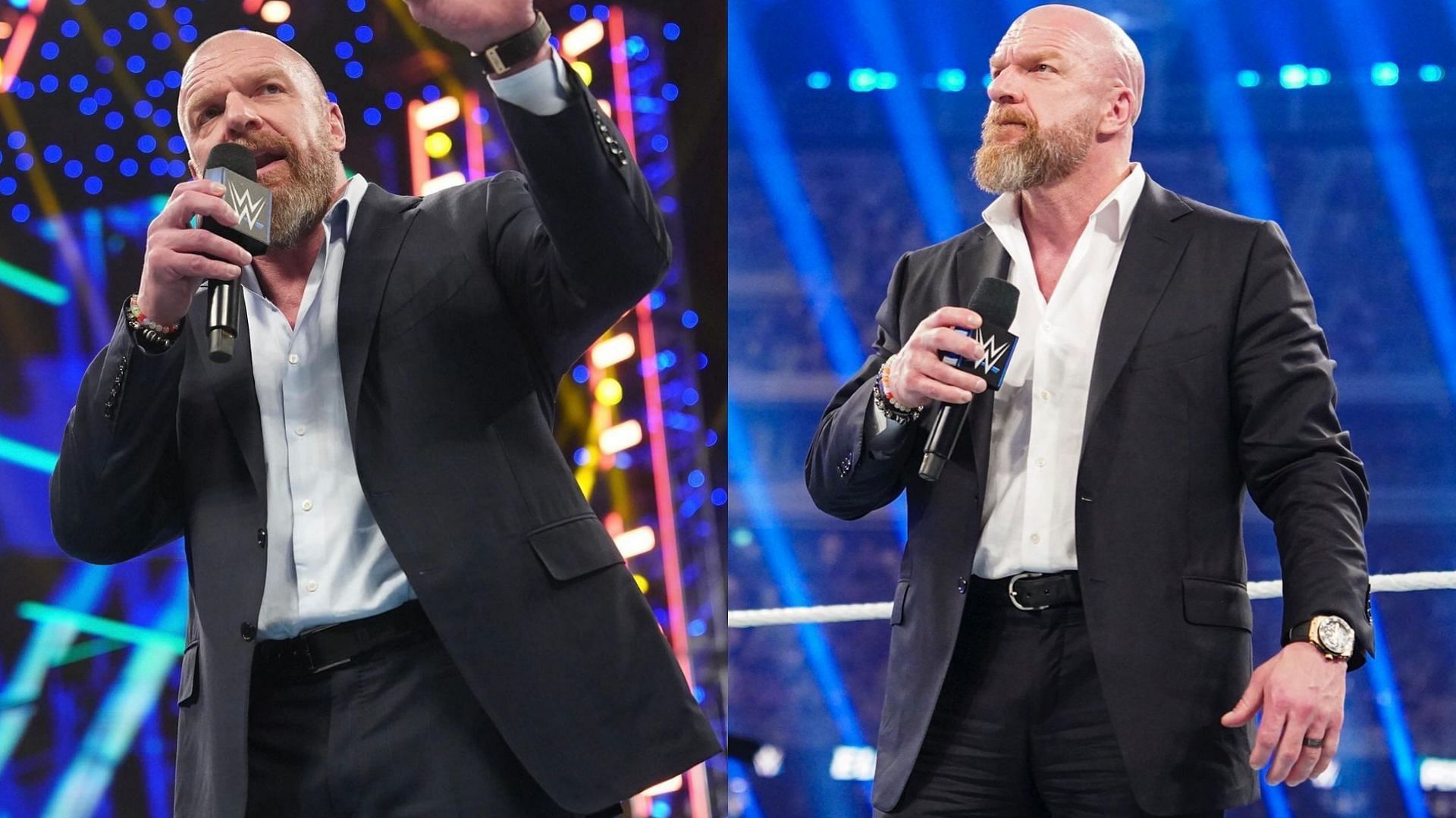Behind the Glamour: The Rules WWE’s Female Wrestlers Must Follow
When you’re a wrestler, there are numerous rules you must adhere to upon entering the ring.
Ensuring the safety of your opponent is paramount, and WWE has rules to protect its stars.
However, alongside these general rules, there are specific guidelines for female wrestlers that are both practical and puzzling. Here, we delve into the regulations WWE’s female stars have to follow,
noting that some of these rules were enforced during John Laurinaitis’ tenure and may have changed since his departure.
Being a WWE Star
Being a WWE star is an honor, but it comes with its own set of challenges. Wrestlers must have a passion for the business, and while the landscape has evolved, there was a time when many women on the roster were underutilized. Under Triple H’s leadership, this has changed, with more female stars regularly featured. However, even those not in the spotlight must attend shows, often spending hours in catering without being featured in any capacity. This can be demoralizing, especially for those hoping for their big break.

Playboy
During the Attitude and Ruthless Aggression eras, it was common for WWE’s female stars to appear in Playboy, providing them with extra income and fame. However, as WWE sought to clean up its image, a ban was placed on such appearances, extending to other online premium subscription sites. This rule remains, as evidenced by the release of Mandy Rose when her site gained popularity, underscoring WWE’s stance on wrestler nudity.

AJ Lee
AJ Lee, one of WWE’s most popular female stars, is credited with sparking the women’s revolution in wrestling. In her book, she revealed that John Laurinaitis attempted to hinder her success, citing her appearance as a reason. This revelation caused outrage but aligned with many fans’ perceptions of Laurinaitis’ treatment of women.
Bikini Rule
A former rule mandated that female wrestlers had to look good in bikinis, leading to the recruitment of stars from swimwear and lingerie catalogs with no wrestling experience. This affected the quality of women’s matches and hindered the division’s progress, despite the efforts of talented wrestlers like Trish Stratus and Lita.
Officials Off Limits
Women in WWE were prohibited from dating officials to prevent conflicts of interest. While this rule aimed to ensure fairness, it seemed hypocritical given the alleged behavior of top executives like Vince McMahon and John Laurinaitis. With their departures, the culture within WWE has shifted.
Dress Code
Unlike their male counterparts, female wrestlers were required to adhere to a strict dress code, traveling to arenas in dresses and heels. This rule, applied by previous management, was uncomfortable for many but has since been relaxed.
Ronda Rousey
Ronda Rousey has been vocal about her dissatisfaction with WWE. In her upcoming book “Our Fight,” she criticizes the company’s sexist guidelines, including the expectation that women must look sexy while male wrestlers had no such requirements. Her revelations shed light on the disparities between the treatment of male and female talent.
WWE Rules on Tattoos
Female stars were previously required to seek permission for tattoos, impacting their bodily autonomy. Paige and Rhea Ripley had to cover their tattoos, while Alexa Bliss opted for less visible white ink designs to comply with these regulations.
Alexa Bliss and North Carolina
One of the strangest rules prohibited women from wearing baby blue apparel at events in North Carolina. Although this rule had limited impact due to the scheduling of WWE events, it highlighted the arbitrary nature of some regulations.
WWE Swimsuit Calendar
In the past, female wrestlers were compelled to participate in photo shoots for the WWE swimsuit calendar, often against their will. This practice, driven by John Laurinaitis, treated women as eye candy and detracted from their wrestling abilities. Even top stars like Charlotte Flair and Sasha Banks were subject to this requirement.
These are just a few of the rules WWE’s female wrestlers have had to follow. While some have changed with new leadership, others remain, reflecting the ongoing challenges female athletes face in the wrestling industry.






